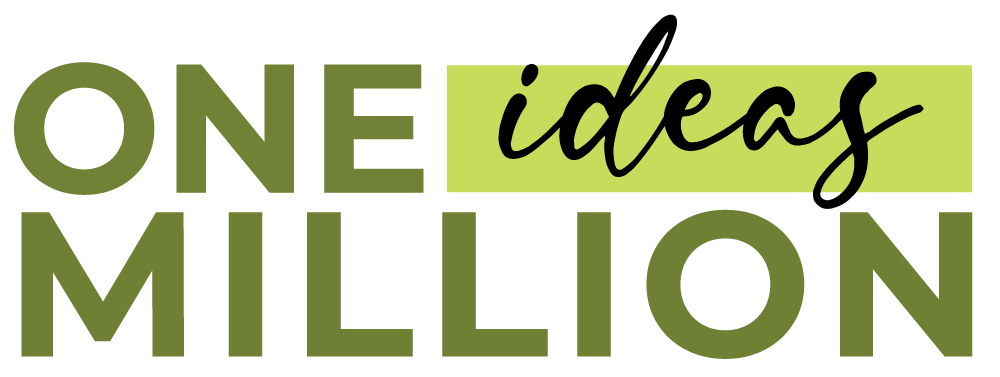It’s always frustrating to see your eggplants looking sickly or underperforming. You’ve put in the effort, and something just feels off: wilted leaves, spotting, or maybe even rotting fruits.
Most of the time, it’s one of a few common diseases that sneak in and make themselves at home.
The good news? You’re not alone, and many gardeners run into these same problems. Once you know what signs to watch for, it’s easier to take action and protect your harvest.
Below are seven of the most frequent eggplant diseases, along with simple ways to manage or prevent each one.
#1 Verticillium Wilt
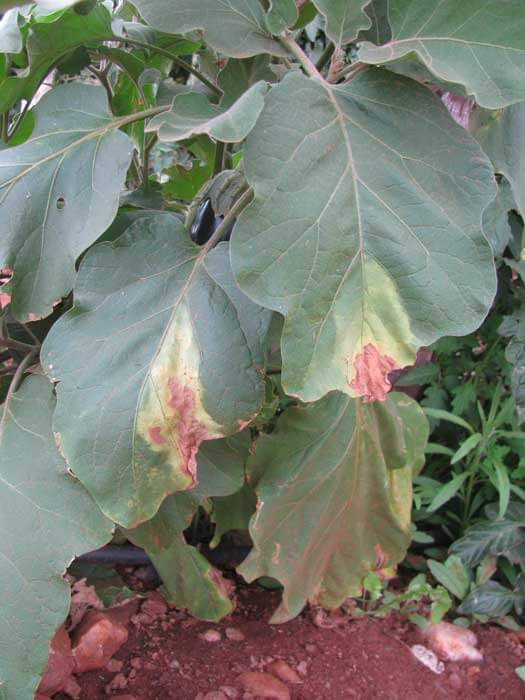 Source: Lindsey du Toit
Source: Lindsey du Toit
This fungal disease often shows up in cooler spring temperatures. You might notice the lower leaves turning yellow with blotchy patches, followed by wilting and curled edges. As the fungus spreads, the plant weakens from the bottom up.
Since it lives in the soil, removing infected plants can help reduce its reach. Try rotating crops each season and planting in raised beds if your soil has a history of wilt.
#2 Cercospora Leaf Spot
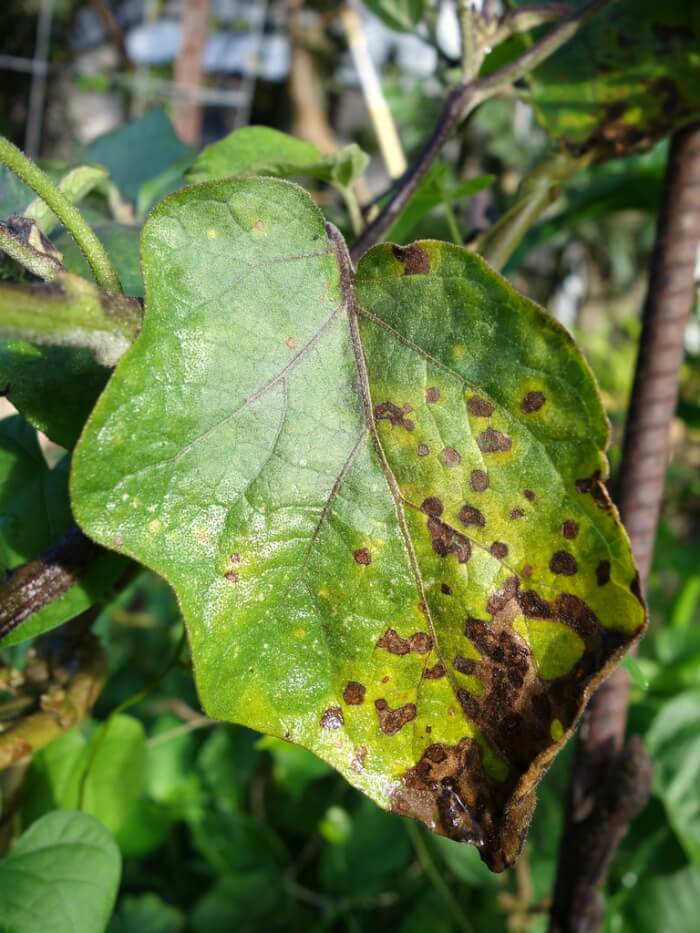 Source: Flickr
Source: Flickr
Tiny circular spots ranging from light to dark brown are usually the first signs. As the infection grows, leaves dry out and fall off, leaving the plant exposed and vulnerable. It tends to thrive in areas with poor airflow and damp foliage.
Giving your eggplants plenty of space to breathe helps reduce the risk. Watering at the base and using fungicides when needed can also keep this fungus in check.
#3 Damping Off
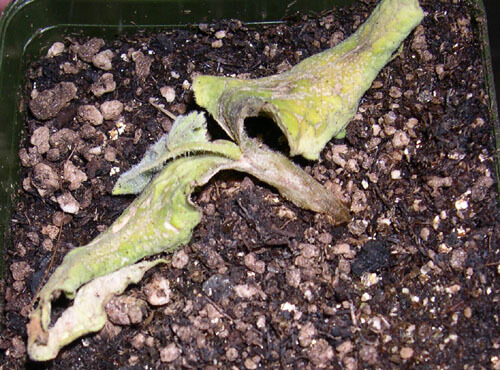 Source: Pnwhandbooks
Source: Pnwhandbooks
Seedlings are most at risk with this one. You may find that sprouts never fully emerge or suddenly collapse after a strong start. The stems thin out, dry up, and can’t hold themselves up anymore. Moist, stagnant conditions make it worse.
Improving airflow and using sterile potting mix can help prevent this. Bottom-watering and keeping the soil surface dry are also smart moves during germination.
#4 Blossom-End Rot
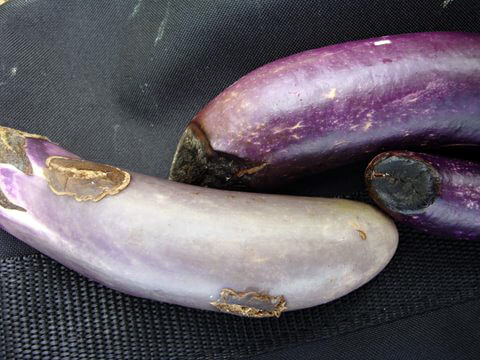 Source: Petsnet
Source: Petsnet
This one starts as a small, wet-looking spot where the flower used to be. Over time, the area darkens and becomes leathery, ruining the fruit before it’s even ripe. A lack of calcium is the usual cause, especially when watering is inconsistent.
Try balancing your watering schedule and avoid disturbing the soil too close to the roots. It also helps to avoid overfeeding with nitrogen-rich fertilizer.
#5 Powdery Mildew
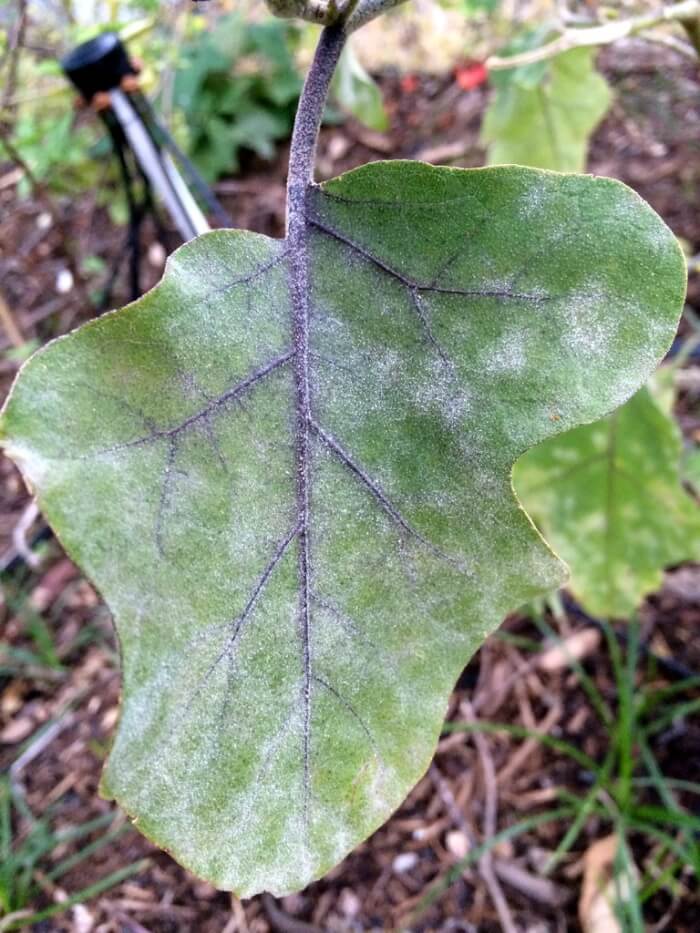 Source: Flickr
Source: Flickr
If you see a white, dusty coating on your eggplant leaves or stems, powdery mildew might be the culprit. Infected plants can develop yellowed, twisted leaves that fall off too soon. This fungus loves still air and high humidity.
Boosting air circulation by trimming dense foliage makes a big difference. Watering at the base and mulching around the roots can also prevent spores from splashing upward.
#6 Anthracnose Fruit Rot
 Source: Lucidcentral
Source: Lucidcentral
Sunken spots on fruits that ooze a pinkish-orange jelly-like substance are often a sign of anthracnose. The blemishes can merge, damaging a large part of the fruit and spreading to others nearby. Wet, humid conditions help it spread fast.
Cleaning up fallen plant material and pruning out infected sections will slow things down. In severe cases, applying fungicide can help limit the damage.
#7 Early Blight
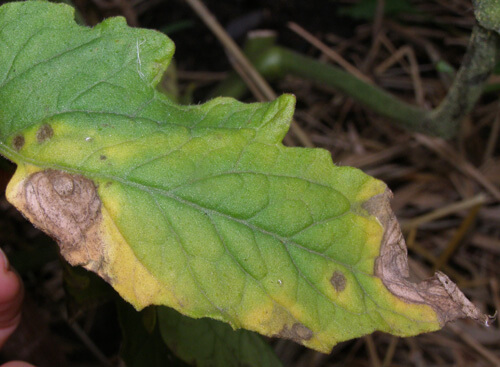 Source: Pahls
Source: Pahls
This disease causes round, dark spots on the leaves that keep getting bigger and may form a yellow halo. Once fruit starts to appear, the fungus spreads more quickly. Leaves can drop early, exposing fruits to sunscald and slowing overall growth.
Using mulch and watering in the morning helps keep leaves dry and healthy. Applying an organic fungicide at the first sign can also stop it from gaining ground.
